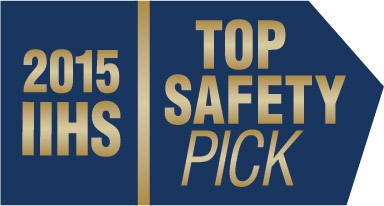“It has ANCAP Five Star Rating.”
“This year it was nominated IIHS Safety Pick.”
In Trinidad and Tobago these acronyms are carelessly thrown around and in a market saturated with automobiles for every personality and budget, how can you decipher the code? Let’s help…
When the unexpected happens no one cares if you just “…woke up in a new Bugatti” or if the car you’re driving has a prancing horse on it. What counts? Highest chance of survival.
So what determines your car’s safety rating?
Structural Integrity – how the shell of a vehicle withstands and channels crash forces away from occupants. This varies substantially from make to make, and model to model. A sound structure is vital when it comes to saving lives.
Safety Features – built-in safety features such as airbags, antilock braking systems (ABS), electronic stability control (ESC) and seat belt pre-tensioners help prevent or manage the forces of impact. All are critical features.
Safety Assist Technologies (SAT) – did you know? Approximately 90% of crashes involve some form of human error. Advanced safety assist technologies aid the driver in avoiding or reducing the severity of a crash. These include autonomous emergency braking (AEB), lane departure warning (LDW), blind spot monitoring (BSM) and fatigue monitoring systems (FMS).
The combination of a sound structure, good restraint systems and active safety technologies provide the best chance of survival in a crash. So be sure to choose a car that will protect you, your passengers and other road users whether driving on the Maracas Road, down Charlotte Street or cruising on the Solomon Hochoy Highway.
